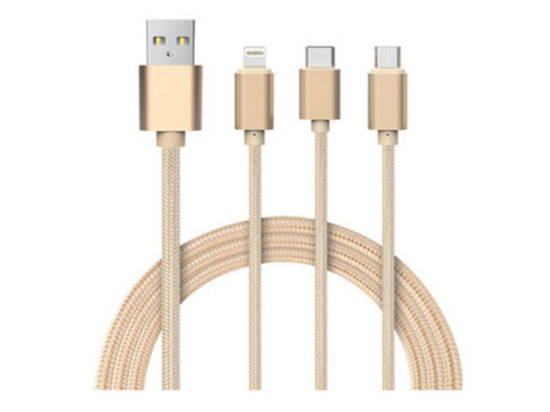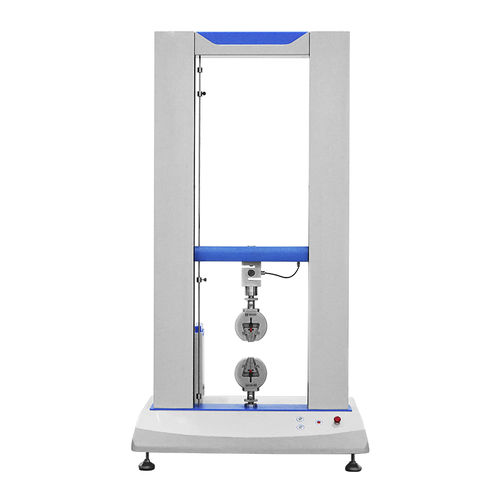
#Product Trends
SATRA Test Standard for Footwear - Partial Test on Tear Strength
Many people ask: Regarding the test standards of SATRA TM43, SATRA TM13, SATRA TM179 and SATRA TM218 for tear strength of SATRA shoe materials, how to distinguish the tested samples?
What machine should I use to test? listen to me slowly:
First, the four standards are explained separately, please refer to the information;
1. Tensile strength and elongation of SATRA TM43 leather at break
Application: This test method is designed to determine the tensile properties of leather. Mainly suitable for shoe upper leather and lining leather, but also for other leather products.
Test principle: The dumbbell-shaped sample is gradually stretched by the tensile testing machine until it breaks, so as to determine the tensile strength and elongation of the sample.
2. Tensile properties of SATRA TM137 plastic and rubber
Scope of application: This method is designed to determine the tensile properties of all types of polymeric materials, especially sole materials or materials cut from finished shoes.
Test principle: The dumbbell-shaped sample of standard thickness is gradually stretched by the tensile testing machine until it breaks. Thereby, the tensile strength and elongation of the samples were determined.
3. SATRA TM179 airfoil tearing method
Scope of application: This method is designed to determine the amount of force required to tear a material. Mainly suitable for non-leather upper and lining materials, but also for all types of thin flexible materials.
Test principle: A test sample is placed in the tensile testing machine, the sample is torn to produce a pair of "wings", the slit is 90° to the axis of the machine, and a "wing" is clamped up and down until the tear spreads to the sample. edge to test out and record the average tear strength.
4. SATRA TM218 pants tear method
Applications: This method is designed to determine the force required to tear a material. Suitable for all types of polymeric materials, especially sole materials or materials cut from finished soles or shoes.
Test principle: Take out the test sample, tear it to produce two "legs", and clamp one "leg" up and down, so that the crack is parallel to the axis of the machine, as shown in the figure below. The jaws are separated to tear the material by extending the crack until the tear propagates to the end or edge of the test specimen. The recorded tear average strength was thus tested.
The point is, what machine should I use for testing? ? ?
That is our HD-B604 series computer servo double-column tensile tester~
Features:
It can be applied to the testing and analysis of mechanical properties such as tensile, tearing, heat sealing, bonding, compression, bending, etc.
Features:
Fixtures can be matched according to different test standards
0.1~500mm/min stepless speed change, which provides convenience for users to test under different test conditions;
Multi-level limit protection, overload protection, automatic high-speed return, fault prompt and other intelligent configurations to ensure user safety;
The system is equipped with a USB port, which is convenient for data transmission and external access to the system;
Professional software provides superposition analysis of group test curves and statistical analysis such as maximum value, minimum value, average value and standard deviation.
High-precision imported sensors, 200kg, 500kg, 1000kg, 2000kg and other force sensors are available for selection
Thank you for your browsing. If you have any questions or inquiries about the above information, please feel free to contact the editor~





